1. Midway Atoll, Northwest of Hawaii
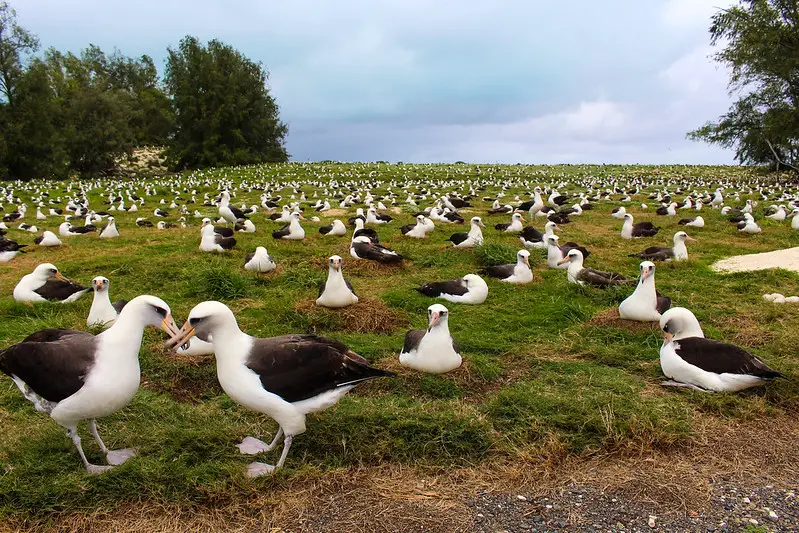
Midway Atoll, located 1,300 miles northwest of Honolulu, comprises three small islands: Sand Island (1,117 acres), Eastern Island (366 acres), and Spit Island (15 acres). The atoll is surrounded by 580,392 acres of pristine coral reef. Once a crucial military outpost, Midway played a pivotal role in the Battle of Midway (June 4-7, 1942), a turning point in World War II’s Pacific campaign. In 1988, it was designated an overlay National Wildlife Refuge, with full jurisdiction transferred to the U.S. Fish and Wildlife Service in 1996.
Today, Midway Atoll National Wildlife Refuge hosts an astonishing 3 million seabirds, including the world’s largest albatross colony. Recent counts revealed 498,448 Laysan albatross and 29,562 black-footed albatross nests, according to the U.S. Fish and Wildlife Service. The star resident is Wisdom, a Laysan albatross at least 70 years old who has raised over 40 chicks. Midway’s waters teem with 250+ fish species, 29 coral species, endangered Hawaiian monk seals, and green sea turtles. In a remarkable conservation effort, 42 endangered Laysan ducks were translocated here in 2004-2005. The atoll faces ongoing challenges, including invasive mice predating on albatross eggs and climate change impacts. Despite these threats, Midway remains a crucial haven for 21 breeding seabird species and a living testament to nature’s resilience.
2. Kingman Reef, South of Hawaii
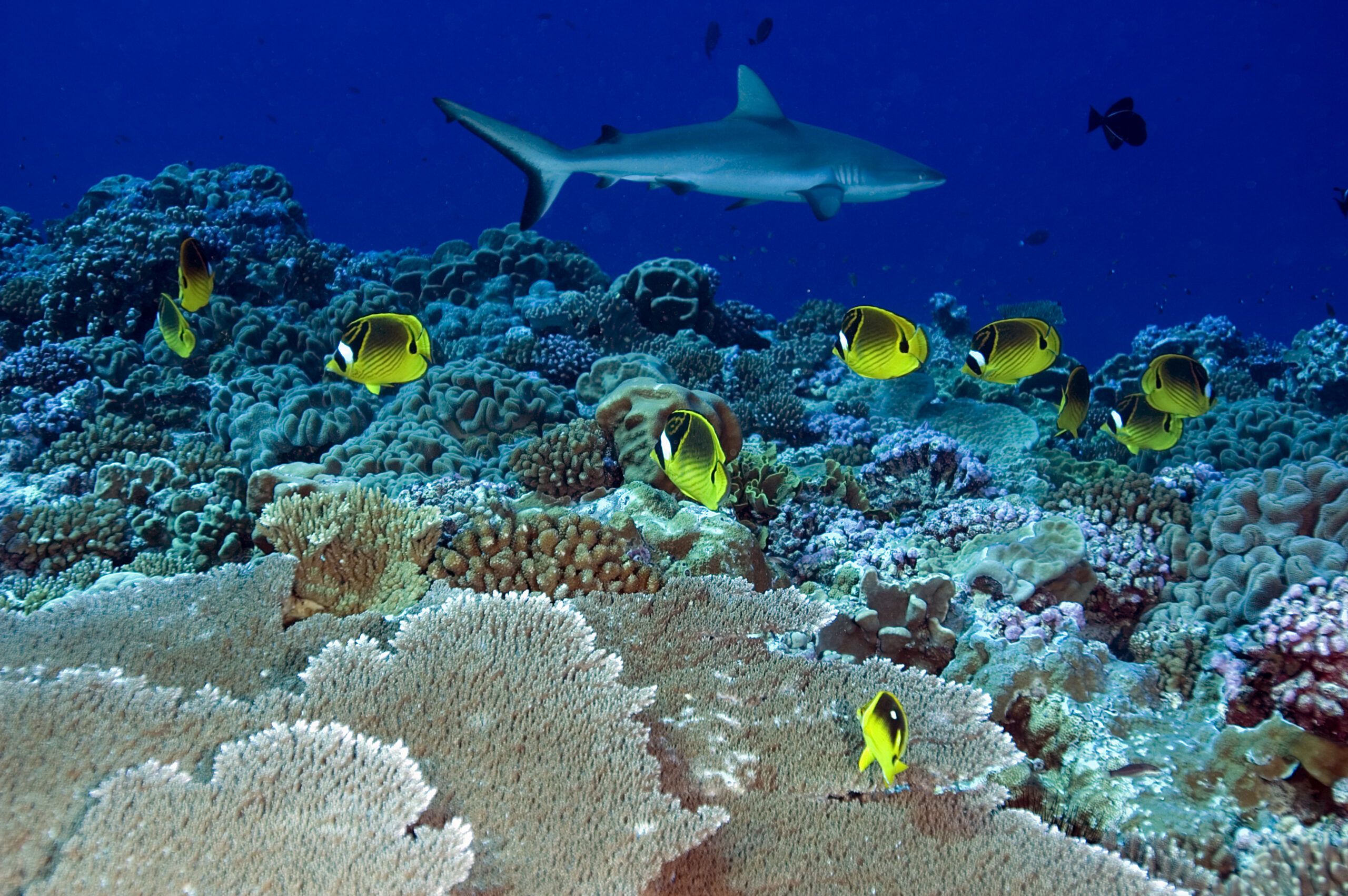
Kingman Reef, a U.S. territory located about 1,000 miles south of Hawaii, is a marvel of nature that barely breaks the ocean’s surface. This unique formation consists of a triangular reef that encloses a lagoon, with only a small strip of land visible at low tide. Discovered in 1798 by American captain Edmund Fanning, it was claimed by the U.S. in 1922 under the Guano Islands Act, despite its lack of guano deposits.
Today, Kingman Reef is a protected area within the Pacific Remote Islands Marine National Monument. Its isolation and lack of dry land have made it one of the most pristine coral reef ecosystems on the planet. The reef is home to over 200 coral species and more than 225 fish species, many of which are found nowhere else. Scientists have dubbed it a “predator-dominated ecosystem” due to the abundance of sharks and other large predatory fish, a rarity in today’s oceans. While human visitors are scarce, the reef plays a crucial role in scientific research on coral reef health and climate change impacts.
3. Howland Island in the Pacific
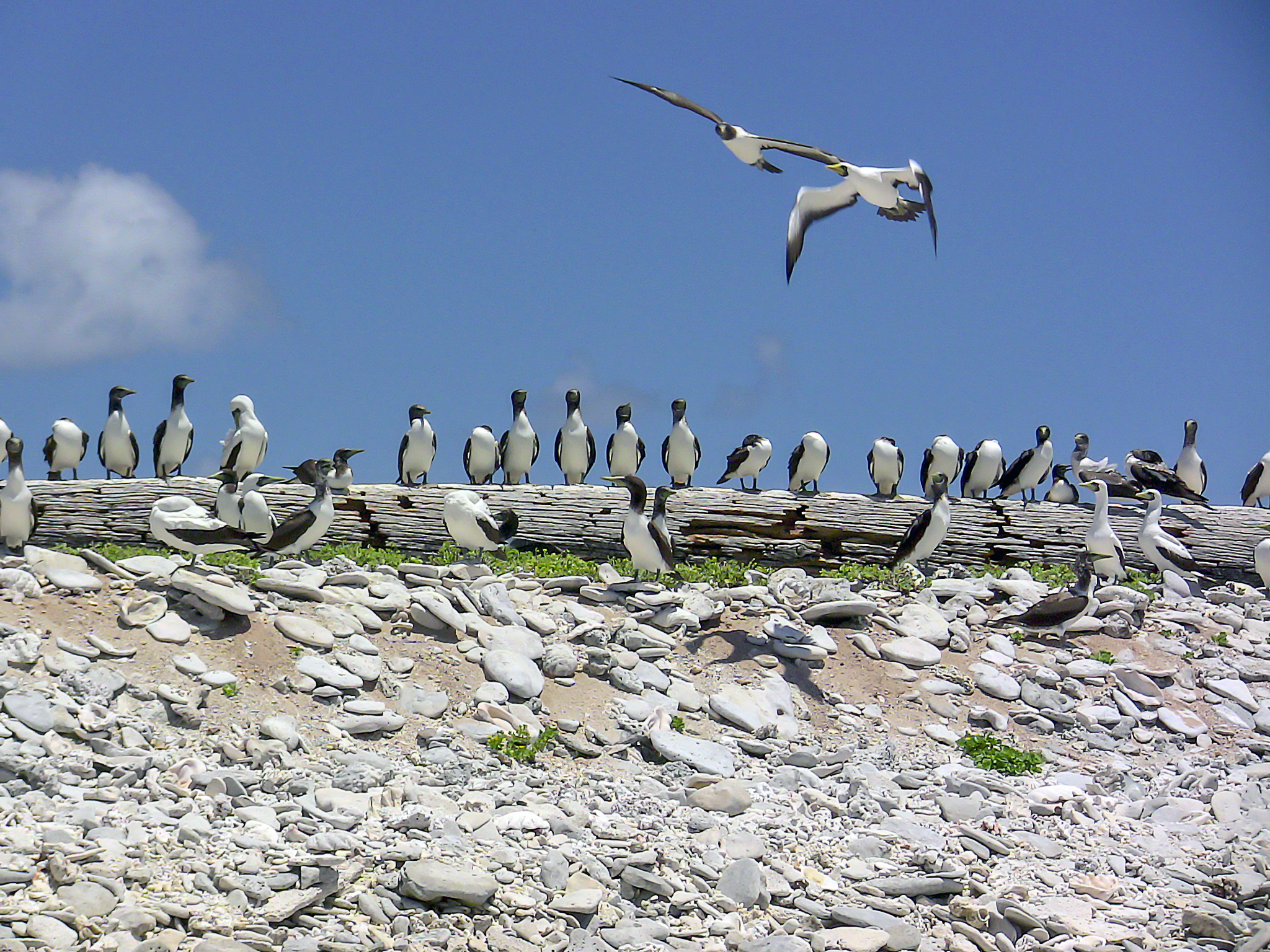
Howland Island, a remote speck in the Pacific Ocean, is perhaps best known as Amelia Earhart’s intended refueling stop during her ill-fated 1937 round-the-world flight attempt. Located about 1,700 miles southwest of Hawaii, this tiny coral island spans just 1.62 square miles. After a brief colonization effort in the 1930s and evacuation due to Japanese attacks in 1942, Howland fell into obscurity. Today, its unfinished airstrip stands as a poignant reminder of Earhart’s vanished dreams.
Nature, however, has thrived in humanity’s absence. The U.S. Fish and Wildlife Service reports that Howland now hosts 18 species of seabirds, including the rare masked booby and the endangered Phoenix petrel. Its beaches serve as critical nesting grounds for threatened green sea turtles, with a 2020 survey documenting 32 nesting females. Beneath the waves, a vibrant underwater world flourishes with over 250 fish species and 100 coral species. Perhaps most intriguingly, Howland is home to the endemic Howland reed-warbler, a bird species found nowhere else on Earth.
4. Wake Island in the Pacific
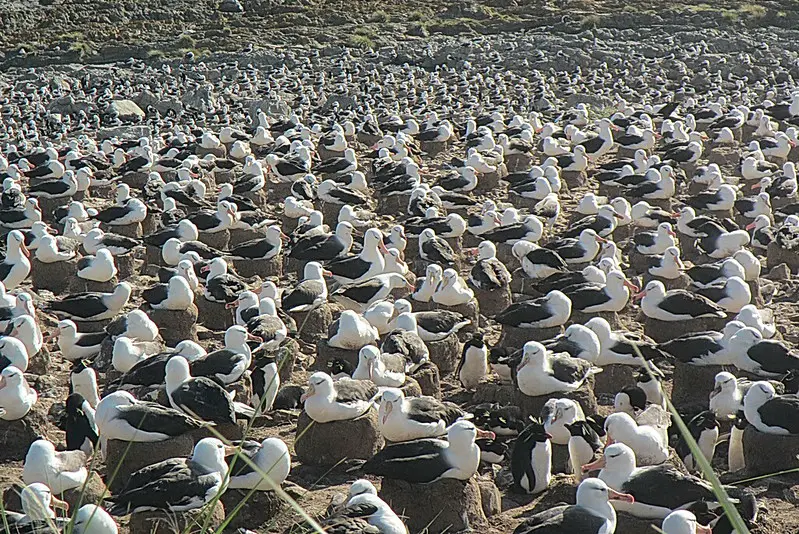
Wake Island, a remote atoll in the Pacific, is etched in history for its role in World War II. On December 8, 1941, just hours after the attack on Pearl Harbor, Japanese forces bombed and later captured the island after a fierce 16-day battle. For the rest of the war, Wake remained under Japanese occupation. In the post-war years, it served as a strategic refueling stop for military and commercial aircraft. But as longer-range planes reduced the need for such stops, Wake’s importance dwindled, its war-torn past slowly fading into memory.
Today, Wake Island Airfield remains an emergency landing site, but the atoll has found a new purpose as an accidental bird sanctuary. Its three islands, spanning just 2.85 square miles, provide crucial habitat for over 75 species of migratory birds. The island supports one of the largest populations of sooty terns in the Pacific, with colonies numbering over 100,000 birds. Laysan albatross and wedge-tailed shearwaters also nest here in significant numbers. The surrounding waters, part of the Pacific Remote Islands Marine National Monument, are home to over 300 species of fish and 100 species of coral.
5. Swains Island, American Samoa
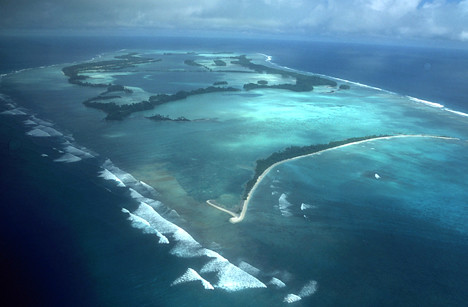
Swains Island, a remote atoll located about 200 miles north of American Samoa, is a fascinating blend of Polynesian culture and American governance. This tiny island, just 1.5 square miles in size, has been part of American Samoa since 1925, but its history stretches back much further. Discovered by European explorers in the 1600s, it was settled in the 1850s by an American, Eli Jennings, who established a coconut plantation and became the island’s de facto ruler. Today, Swains Island maintains a unique status, with its small population (usually fewer than 20 people) living a traditional Polynesian lifestyle.
The island is ringed by a stunning coral reef and centered around a hypersaline lagoon, creating a diverse ecosystem. Despite its small size, Swains is home to several species of seabirds, including frigate birds and boobies. The surrounding waters teem with marine life, including colorful tropical fish, sea turtles, and occasionally, migrating whales. While the island faces challenges from climate change, its isolation has protected it from many environmental pressures.
6. Eastern Egg Rock, Off the Coast of Maine
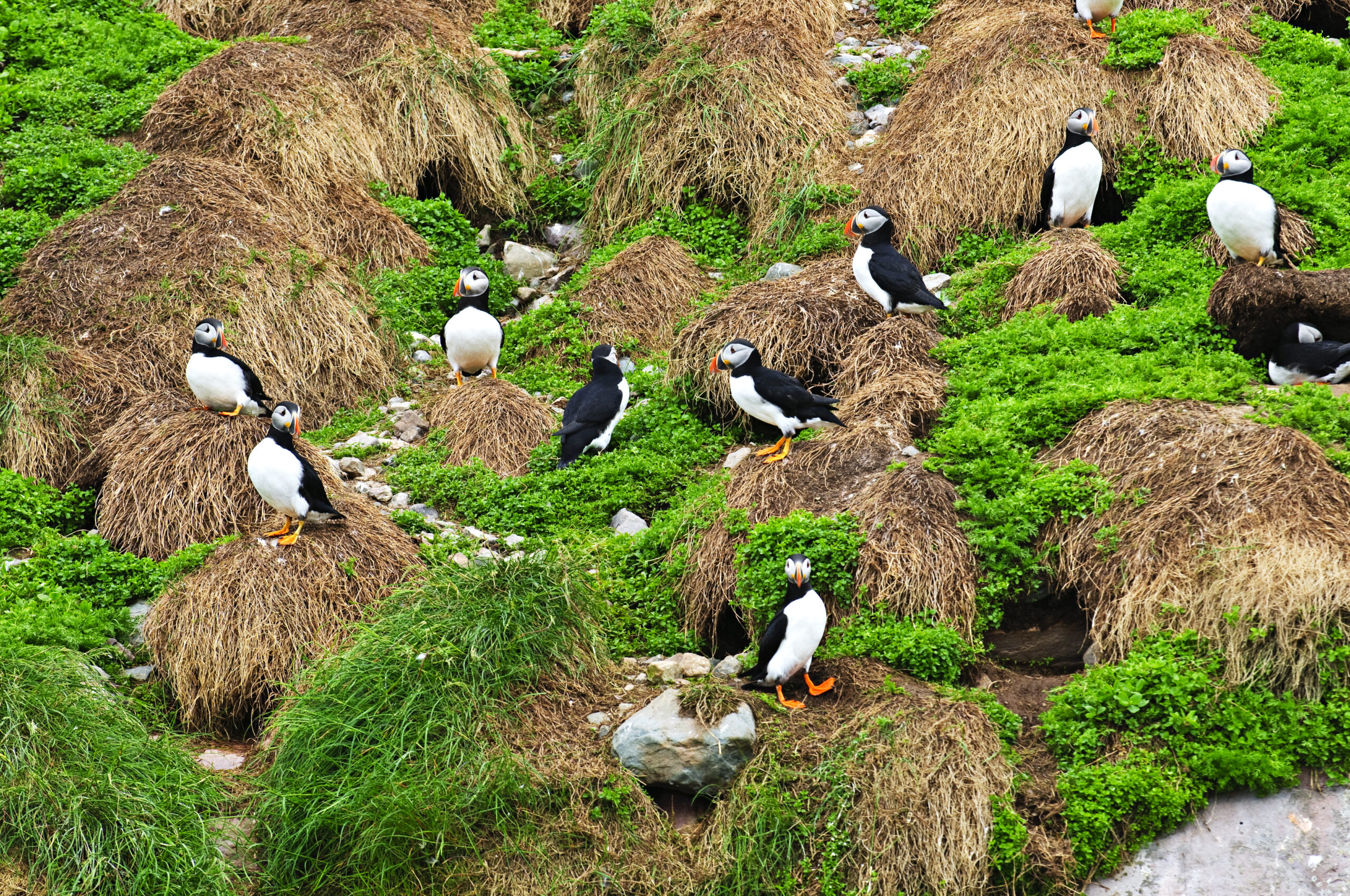
Eastern Egg Rock, a small, treeless island about six miles off the coast of Maine, was once a thriving seabird colony. However, by the late 19th century, hunting and egg collection had wiped out its bird populations, leaving it a barren rock. For decades, the island remained devoid of nesting seabirds, a silent testament to the impact of human exploitation on fragile ecosystems.
In 1973, Dr. Stephen Kress of the National Audubon Society initiated Project Puffin, an ambitious effort to reintroduce Atlantic puffins to Eastern Egg Rock. Using innovative techniques, including decoys and sound recordings, Kress and his team successfully attracted puffins back to the island. Today, Eastern Egg Rock boasts a thriving colony of over 150 nesting pairs of Atlantic puffins, along with significant populations of terns and other seabirds. According to the National Audubon Society, the island’s transformation has made it a model for seabird restoration efforts worldwide. While human access is strictly limited to protect the birds, Eastern Egg Rock has become a popular destination for puffin-watching boats, allowing visitors to witness the remarkable recovery of this once-desolate island.
7. North Brother Island, Near New York City
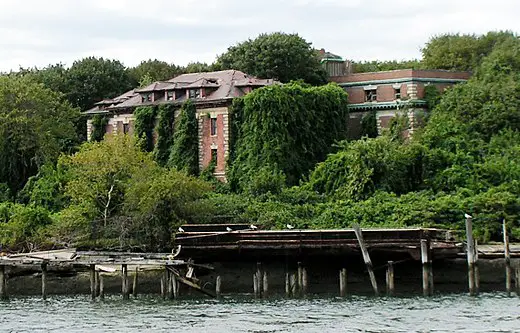
Just a stone’s throw from the bustling streets of New York City lies North Brother Island, a 20-acre oasis of wild nature in the East River. Once home to a quarantine hospital infamous for housing “Typhoid Mary,” this small island has been abandoned since 1963. Now, it’s a protected wildlife sanctuary, off-limits to the public and slowly being reclaimed by nature.
Today, North Brother Island is a haven for nesting birds and native plants. Over 150 plant species thrive among the crumbling ruins, including rare specimens like the endangered Torrey’s mountain mint. The island was once famous for its black-crowned night heron colony, which mysteriously vanished in 2008. Now, it hosts a variety of birds like barn swallows, which nest in the abandoned buildings. Interestingly, a 2015 expedition discovered a new species of centipede here, named Nannarrup hoffmani. According to the New York City Department of Parks and Recreation, 9 out of 14 acres of the island’s forest are now dominated by native species, a rarity in urban environments.
8. Nomans Land,
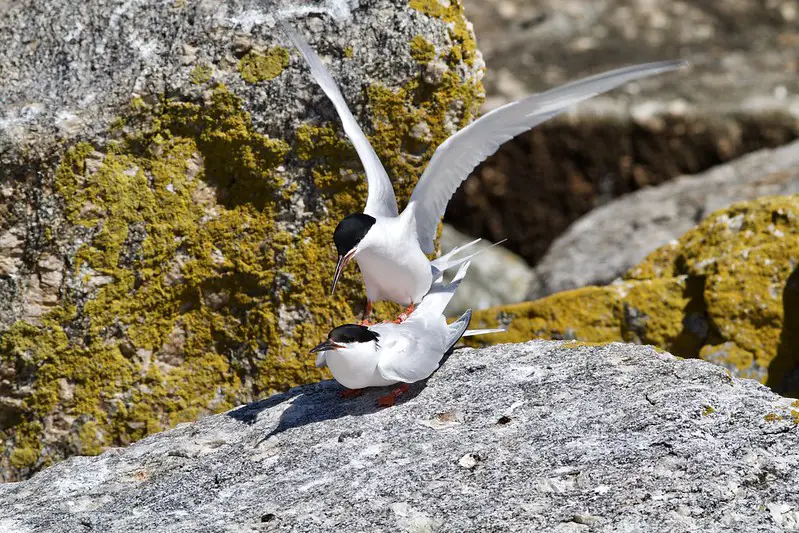
Off the coast of Massachusetts lies Nomans Land, a 628-acre island with an explosive past. From 1943 to 1996, the U.S. Navy used it as a bombing range, peppering the landscape with practice ordnance. Today, this former war games site has become a haven for wildlife, particularly birds. The island’s name, thought to be derived from a 17th-century Wampanoag sachem called Tequenoman, seems fitting for its current uninhabited status.
Despite lingering unexploded ordnance, Nomans Land now hosts over 150 bird species, some of them rare or endangered. A 2019 survey by the Massachusetts Division of Fisheries and Wildlife recorded 25 nesting pairs of endangered roseate terns, representing 1% of North America’s breeding population. The island’s isolation has fostered a unique ecosystem. A 2020 study in Biological Conservation found 18 rare plant species here, triple the number on similar-sized nearby islands. Perhaps most surprisingly, researchers discovered a thriving population of northeastern beach tiger beetles in 2018, a species thought to be extinct in New England.
9. Baker Island, Off the Coast of Massachusetts
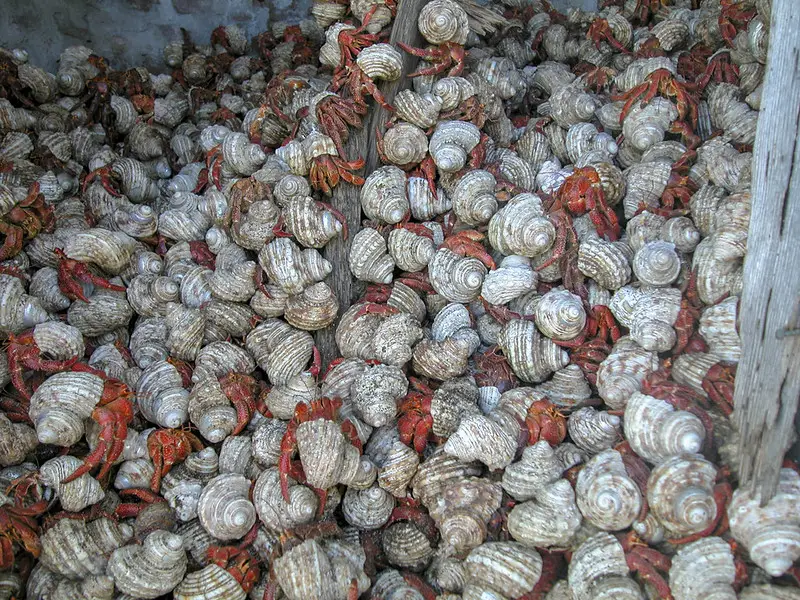
Baker Island, a tiny coral atoll in the central Pacific, has a history as rich as its ecosystem. Once prized for its guano deposits in the 19th century, this 1.24-square-mile island was mined extensively before being abandoned. Today, it’s part of the Pacific Remote Islands Marine National Monument, a vast protected area managed by the U.S. Fish and Wildlife Service.
Now, Baker Island is a paradise for marine life. Its surrounding waters host an astounding array of biodiversity, including over 100 coral species and 266 reef fish species. The island itself is a crucial nesting site for 11 seabird species, including the red-tailed tropicbird and the great frigatebird. In a surprising twist, a 2021 study published in Science Advances found that Baker’s reefs maintained 95% coral cover despite rising ocean temperatures, offering hope for coral conservation worldwide. Scientists discovered a unique heat-resistant algae here in 2019, potentially holding the key to helping corals survive climate change.
10. Jarvis Island, in the Pacific
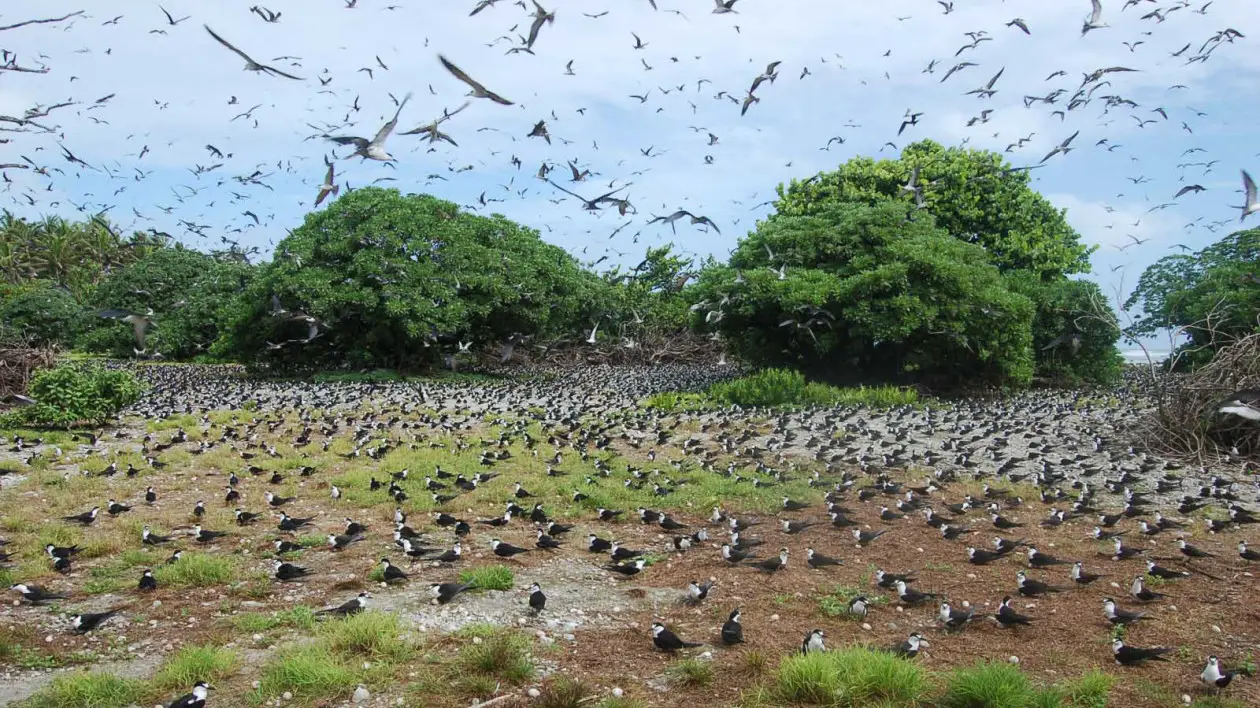
Jarvis Island, a tiny U.S. territory in the vast Pacific Ocean, has quite the story to tell. Claimed by the United States in 1856 under the Guano Islands Act, this 1.75-square-mile coral island was once stripped bare by miners harvesting bird droppings. After brief British control, the U.S. reclaimed it in 1935, but abandoned it after World War II. Today, it’s an unincorporated, unorganized U.S. territory and a thriving wildlife sanctuary.
Now part of the Pacific Remote Islands Marine National Monument, Jarvis hosts an impressive array of wildlife. The island is home to 14 types of seabirds, including one of the world’s largest colonies of sooty terns. These birds create such a racket during nesting season, you’d think you were at a rock concert! Under the waves, it’s just as lively. The waters around Jarvis teem with over 500 kinds of fish and nearly 200 types of coral, creating an underwater rainbow. Managed by the U.S. Fish and Wildlife Service since 1974, Jarvis also serves as a unique climate research site. Its location near the equator makes it perfect for studying El Niño events, with NOAA maintaining a climate monitoring station on this remote outpost.
11. Plum Island, Off the Coast of Long Island, NY
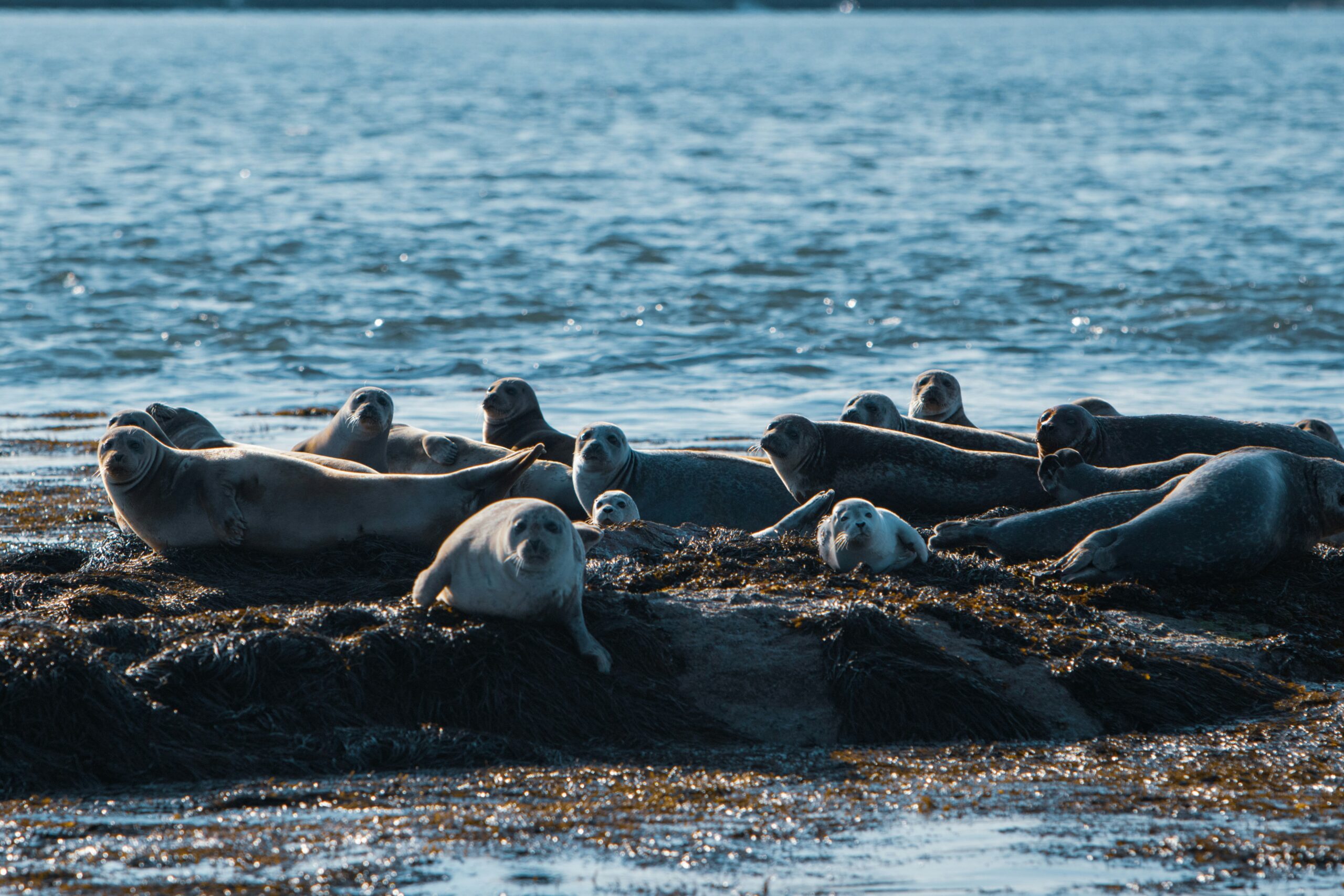
For over six decades, Plum Island was the stuff of conspiracy theories and sci-fi nightmares. Located off the coast of New York’s Long Island, it housed the Plum Island Animal Disease Center since 1954. This high-security facility had people whispering about secret government experiments and mutant creatures. But the island’s history goes way back, with Native American settlements, colonial-era farming, and military fortifications all leaving their mark. Now, as the research facility prepares to close, Plum Island stands on the brink of a new chapter. It’s like the island is getting ready for its second act in a Broadway show.
Plum Island has already started its transformation into an accidental wildlife paradise! According to the Preserve Plum Island Coalition, this former high-security zone is now home to over 200 species of birds, including the largest breeding colony of roseate terns in New York. The waters around the island? They’re like a luxury spa for gray and harbor seals, with hundreds hauling out on its rocky shores. And it’s not just animals – the island is sporting some rare plant species, including the federally threatened sandplain gerardia.
12. Johnston Atoll, in the Central Pacific
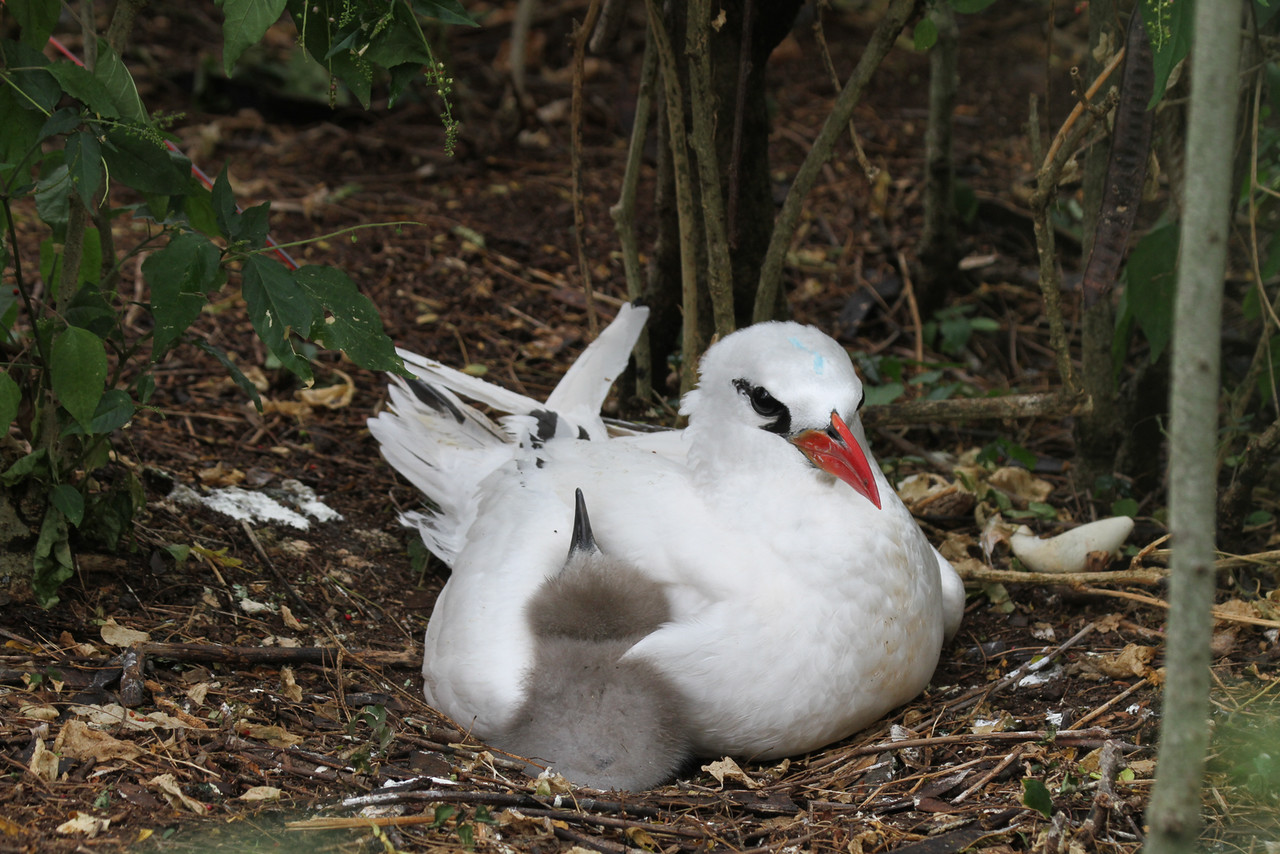
Johnston Atoll, a remote U.S. territory in the central Pacific, has a history as explosive as its volcanic origins. Claimed by the U.S. in 1858, this cluster of four small islands served as a strategic military base for decades. During the Cold War, it became notorious as a site for nuclear weapons testing and chemical weapons storage. The atoll’s dark past included Operation Starfish Prime in 1962, which created an artificial aurora visible from Hawaii.
Today, Johnston Atoll tells a different story. Decommissioned in 2004 and now managed by the U.S. Fish and Wildlife Service, it’s a testament to nature’s resilience. The atoll is a crucial nesting site for 15 species of seabirds, including one of the largest colonies of red-tailed tropicbirds in the world. Its surrounding waters, part of the Pacific Remote Islands Marine National Monument, are home to 300 species of fish and 54 coral species.
13. Desecheo Island, Off the West Coast of Puerto Rico
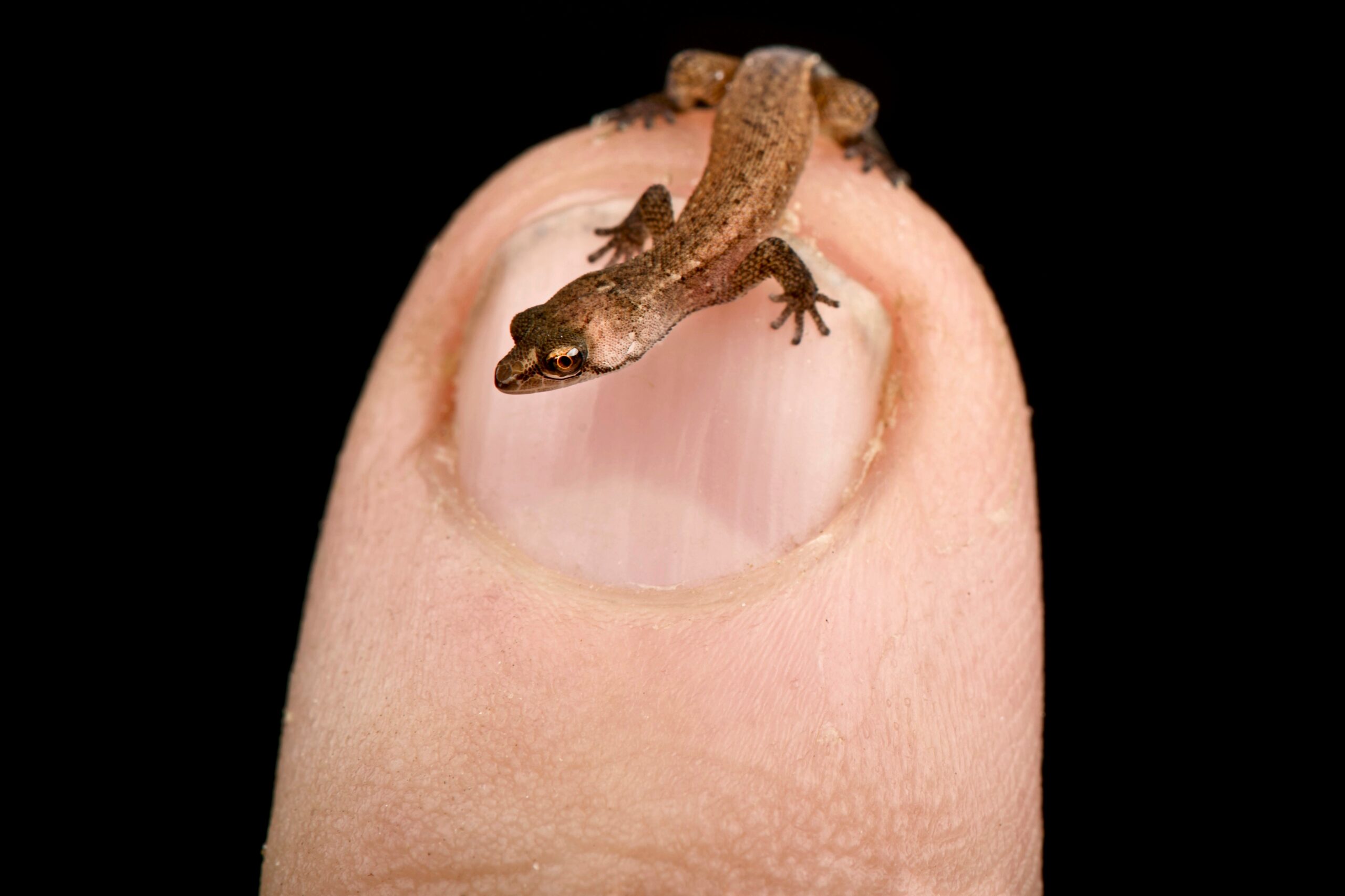
Desecheo Island, a small, uninhabited island located 13 miles off the west coast of Puerto Rico, has a tumultuous past that belies its current serene state. Once used by the U.S. Air Force and Navy as a bombing range from the 1940s to the 1960s, this 360-acre rocky outcrop has since transformed into a protected wildlife refuge. In 1976, it was designated as the Desecheo National Wildlife Refuge, managed by the U.S. Fish and Wildlife Service.
Today, Desecheo is a haven for unique wildlife, particularly reptiles. The island is home to the endangered Desecheo dwarf gecko, found nowhere else in the world. It also hosts one of the largest colonies of brown boobies in the Caribbean. The waters surrounding Desecheo boast some of the clearest visibility in Puerto Rico, making it a paradise for divers who can explore its vibrant coral reefs teeming with tropical fish. However, access to the island itself remains restricted due to unexploded ordnance from its military past. Despite these challenges, conservation efforts have made significant strides in restoring the island’s ecosystem, including the successful eradication of invasive rats in 2016, which has allowed native vegetation and wildlife to flourish once again.
14. Mockhorn Island, Off Virginia’s Eastern Shore
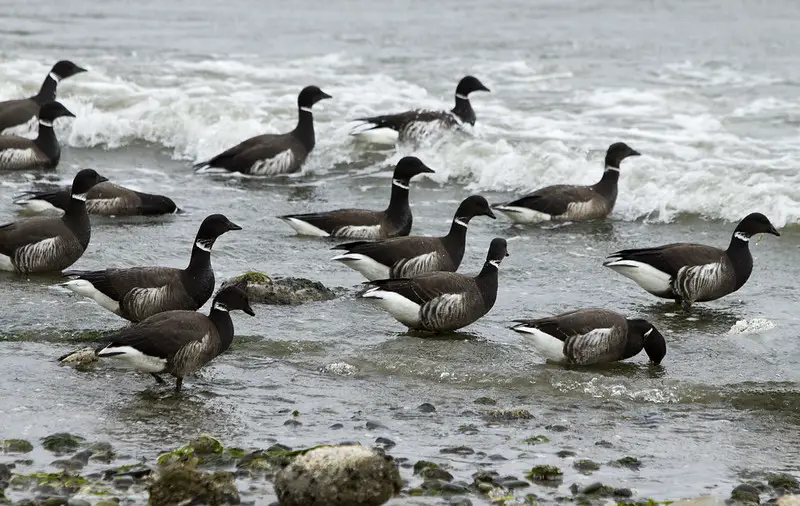
Mockhorn Island, a 7,000-acre tidal marsh off Virginia’s Eastern Shore, has a rich history dating back to colonial times. In the early 1900s, Larimer and Caroline Cushman attempted to transform it into a self-sustaining farm, building miles of concrete seawalls and structures to protect against the sea. Their efforts ultimately failed due to storm surges and salt water intrusion. After changing hands a few times, the island was acquired by the Commonwealth of Virginia in 1959 for use as a wildlife management area.
Today, Mockhorn Island is part of the Mockhorn Island Wildlife Management Area, a protected refuge accessible only by boat. The island is primarily composed of saltmarsh cordgrass, with scattered hummocks supporting loblolly pine, red cedar, and wax myrtle. It’s a haven for diverse wildlife, particularly birds. The area hosts significant populations of clapper rails, black ducks, buffleheads, and Atlantic brant. According to the Virginia Department of Wildlife Resources, the island is also home to muskrats, raccoons, and river otters. While remnants of the Cushmans’ concrete structures still stand, slowly being reclaimed by nature, Mockhorn Island now serves as an important habitat for migratory birds and a living example of coastal ecosystem resilience.
15. Rose Island, In Narragansett Bay Off Newport, Rhode Island
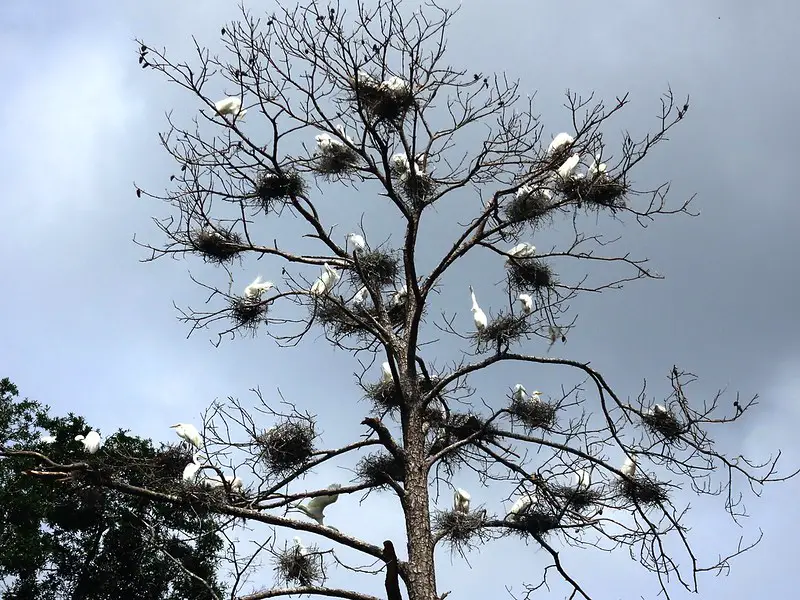
Rose Island, an 18-acre island in Narragansett Bay off Newport, Rhode Island, has a rich history dating back to colonial times. Once the site of Fort Hamilton and later part of the Navy’s torpedo station during World Wars I and II, the island was largely abandoned by the military in the late 1940s. The Rose Island Lighthouse, built in 1870, was deactivated in 1970 after the construction of the Newport Bridge, leaving the island mostly uninhabited.
Today, Rose Island is managed by the Rose Island Lighthouse & Fort Hamilton Trust, a non-profit organization. While not entirely abandoned, it functions primarily as a wildlife refuge and historical site. The island hosts a variety of nesting birds, including egrets, glossy ibis, and black-crowned night herons. From April 1 to August 14 each year, it becomes a protected sanctuary for these birds. The lighthouse has been restored and now serves as a unique travel destination where visitors can stay overnight or volunteer as “keepers.”
16. Palmyra Atoll, About 1,000 Miles off Hawaii
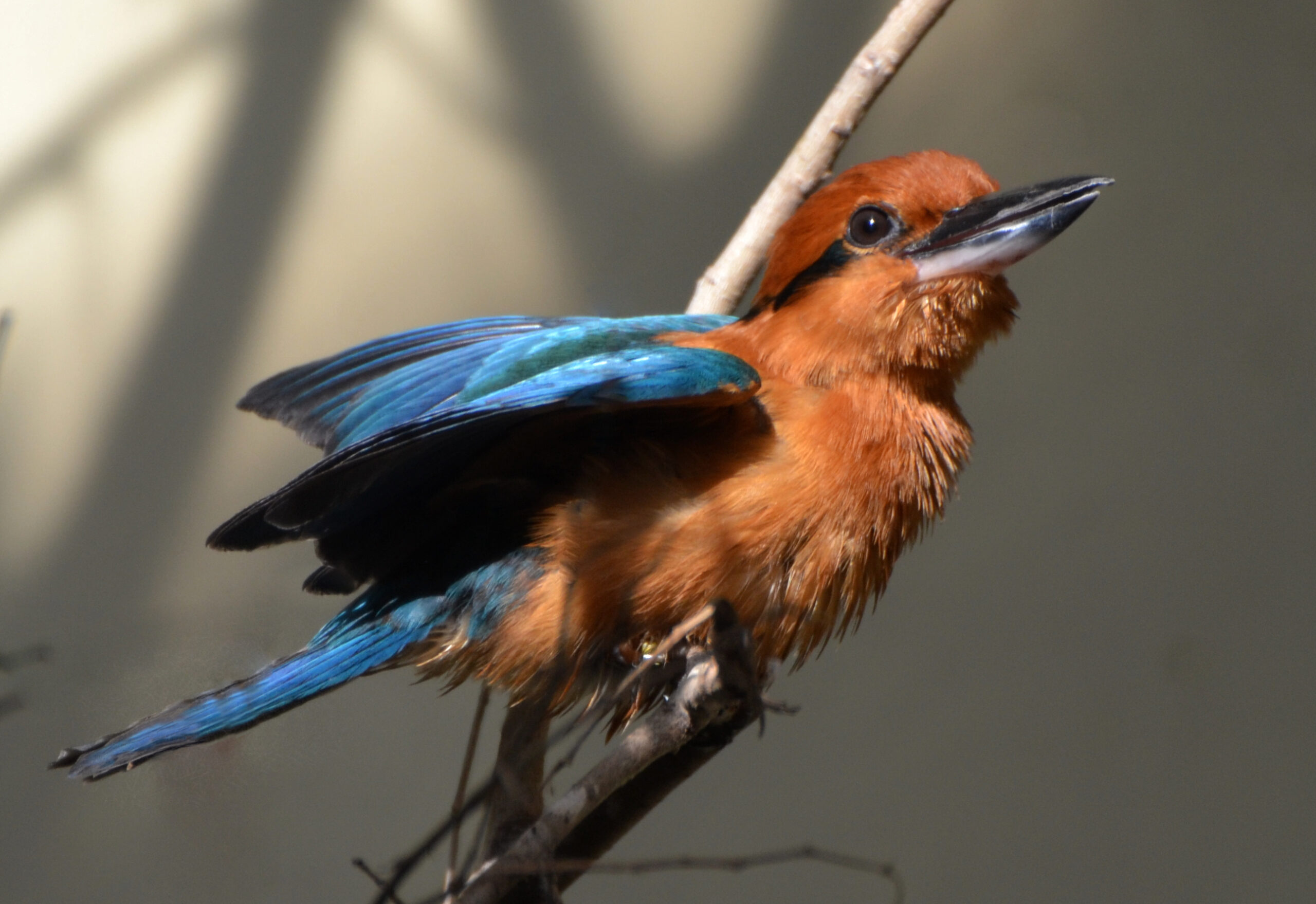
Palmyra Atoll, located about 1,000 miles south of Hawaii, has transformed from a World War II military base to a crucial wildlife refuge and research station. Purchased by The Nature Conservancy in 2000, it’s now part of the Pacific Remote Islands Marine National Monument. The atoll consists of about 50 islets with extensive submerged reef areas, supporting a diverse ecosystem once threatened by introduced species and human activity.
Today, Palmyra is at the forefront of conservation efforts. A major native rainforest restoration project is underway, aiming to remove invasive coconut palms and restore ecological balance. As of 2021, one million invasive coconut palms have been removed. The atoll hosts over 1 million nesting seabirds and supports one of the largest red-footed booby colonies in the world. In September 2024, the endangered Guam Kingfisher (Sihek) was introduced to Palmyra as part of a rewilding effort.
17. Poplar Island, In the Chesapeake Bay
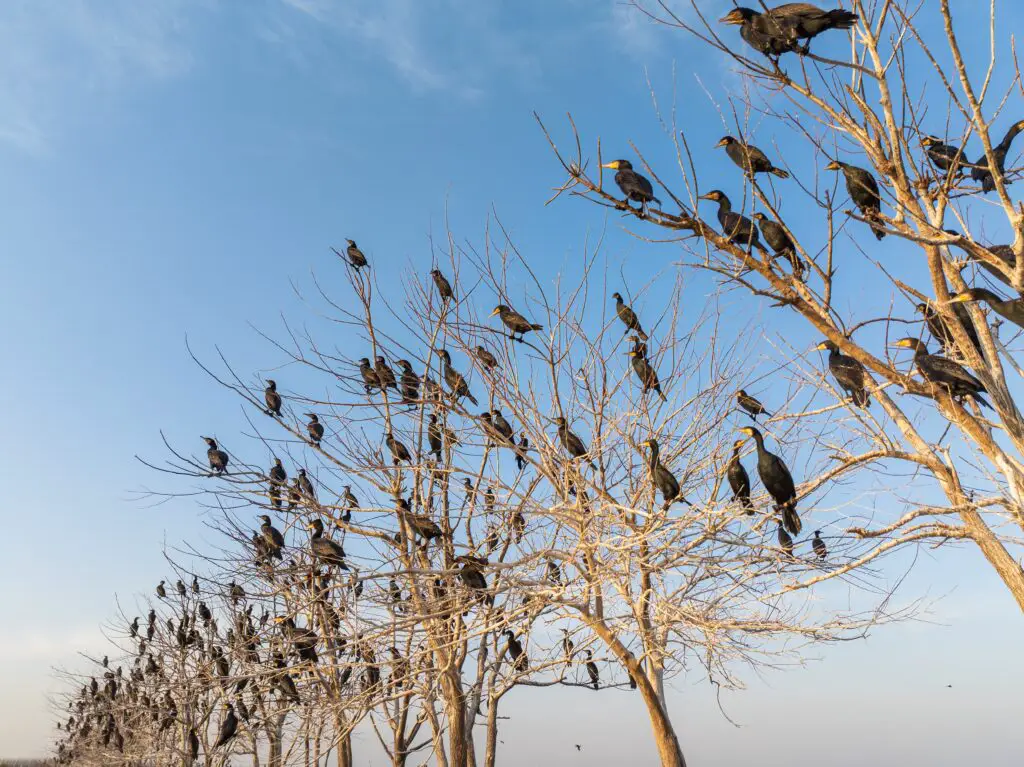
Poplar Island, located in the Chesapeake Bay, has undergone a remarkable transformation from a nearly vanished landmass to a thriving wildlife sanctuary. Once spanning over 1,100 acres in the 1800s, erosion had reduced the island to less than 5 acres by the 1990s. In 1998, an ambitious restoration project began, using dredged material from Baltimore Harbor to rebuild the island to its 1847 footprint. Today, Poplar Island spans over 1,700 acres and continues to grow.
The restored Poplar Island now hosts an impressive array of wildlife. Over 200 species of birds have been observed, including ospreys, eagles, terns, and herons. The island provides crucial nesting grounds for diamondback terrapins, with up to 1,600 hatchlings documented in a single year. Its surrounding waters teem with fish, supporting over 250 species. The project has been so successful that in 2017, Poplar Island had the most thriving Common Tern colony (a state-listed endangered species) in Maryland. The ongoing restoration, set to be completed in 2044, showcases how targeted efforts can transform a nearly lost island into a biodiversity hotspot.
18. Protection Island, Near Washington State
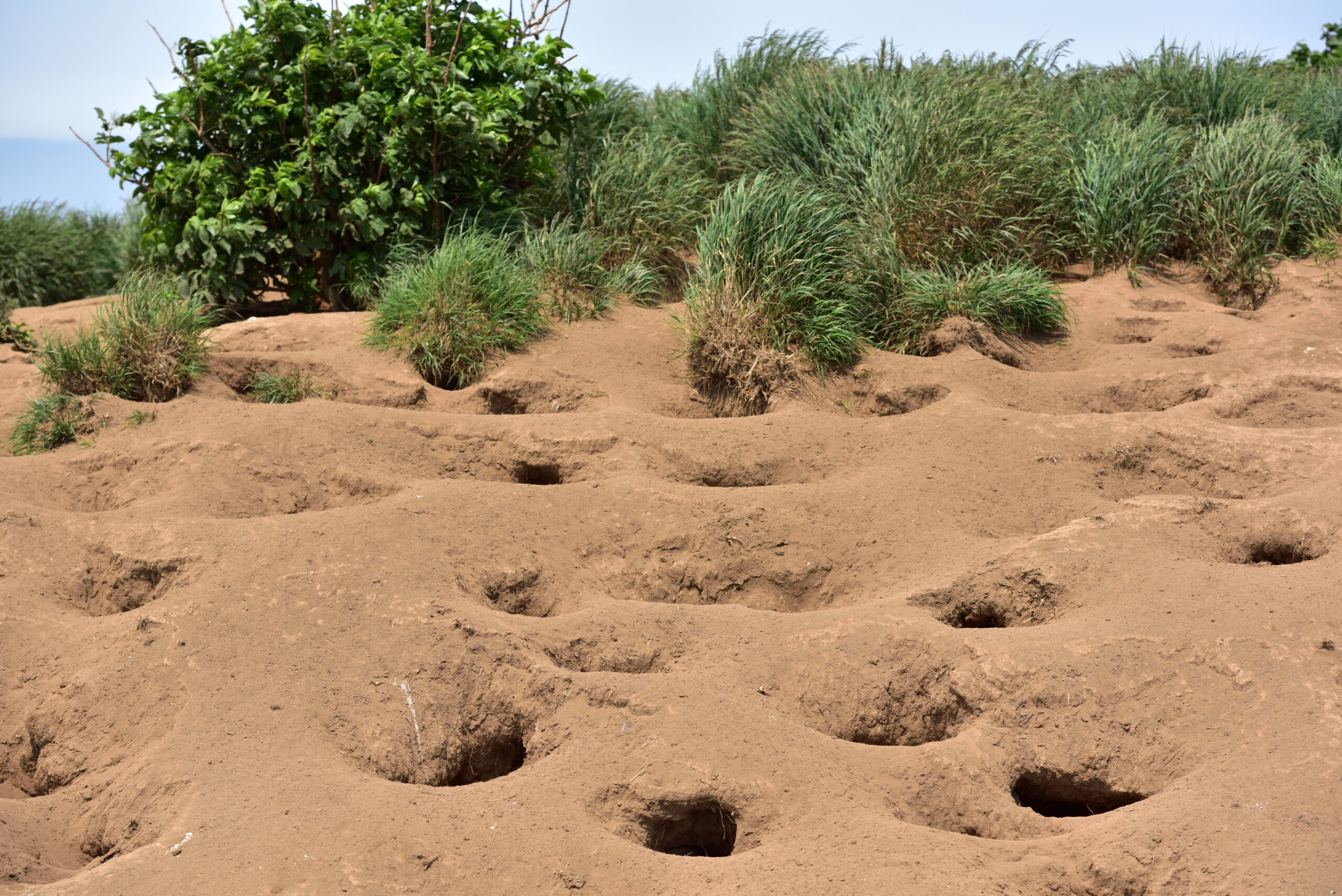
Protection Island, located in the Strait of Juan de Fuca near Washington State, has evolved from a planned vacation development to a crucial wildlife sanctuary. In the 1960s, the island was slated for a housing project, but financial troubles halted these plans. Recognizing its ecological importance, Protection Island was designated as a National Wildlife Refuge in 1982, preserving it from future development and allowing nature to reclaim the land.
Today, Protection Island stands as a vital haven for marine birds and mammals in the Salish Sea. It hosts approximately 72% of the nesting seabird population of the Puget Sound region, including one of the world’s largest nesting colonies of rhinoceros auklets. The island is also one of the last two remaining nesting sites for tufted puffins in the Salish Sea, with only one confirmed nesting pair in recent years. Harbor seals use its beaches as pupping grounds, while bald eagles and peregrine falcons nest in the island’s cliffs.


